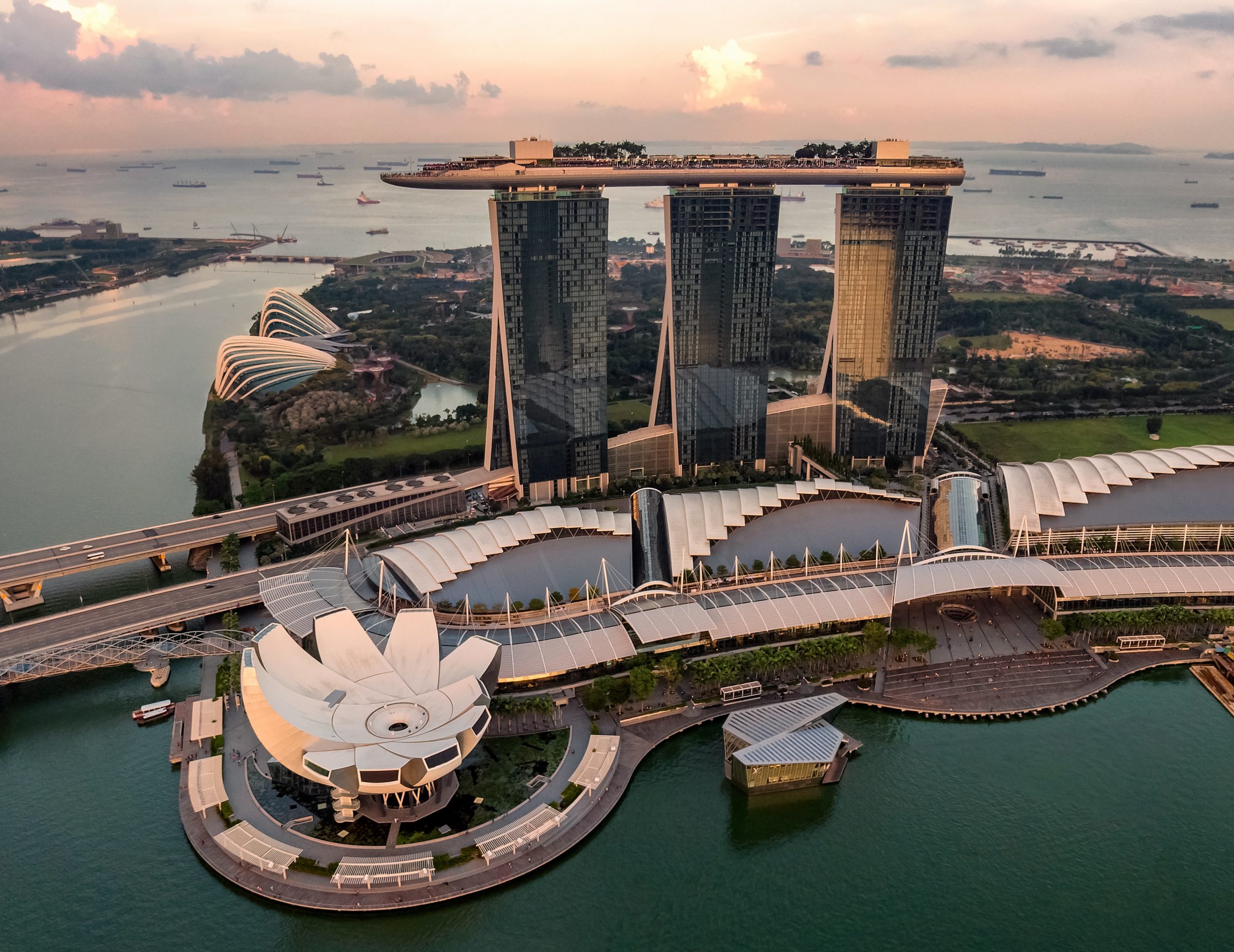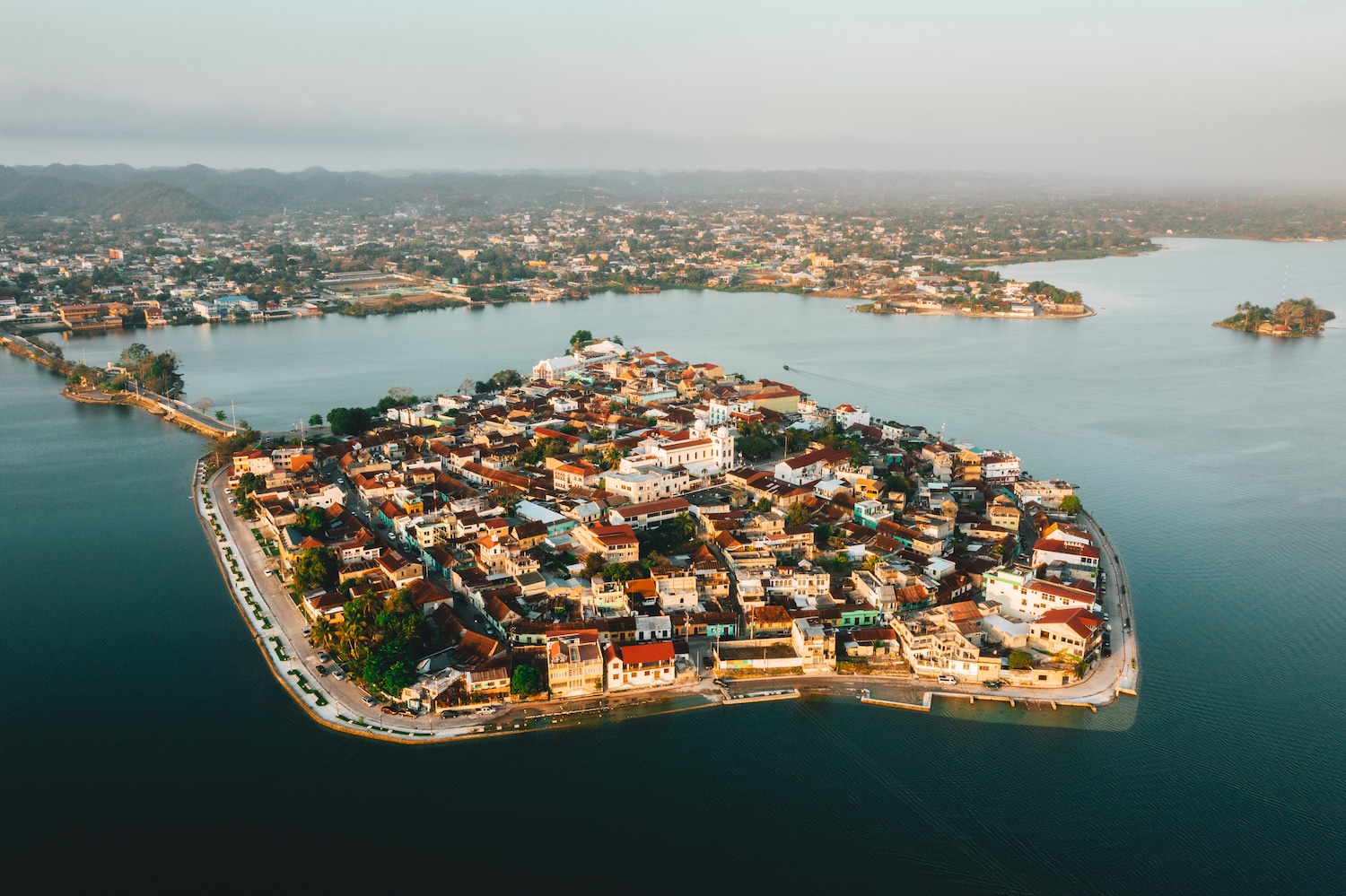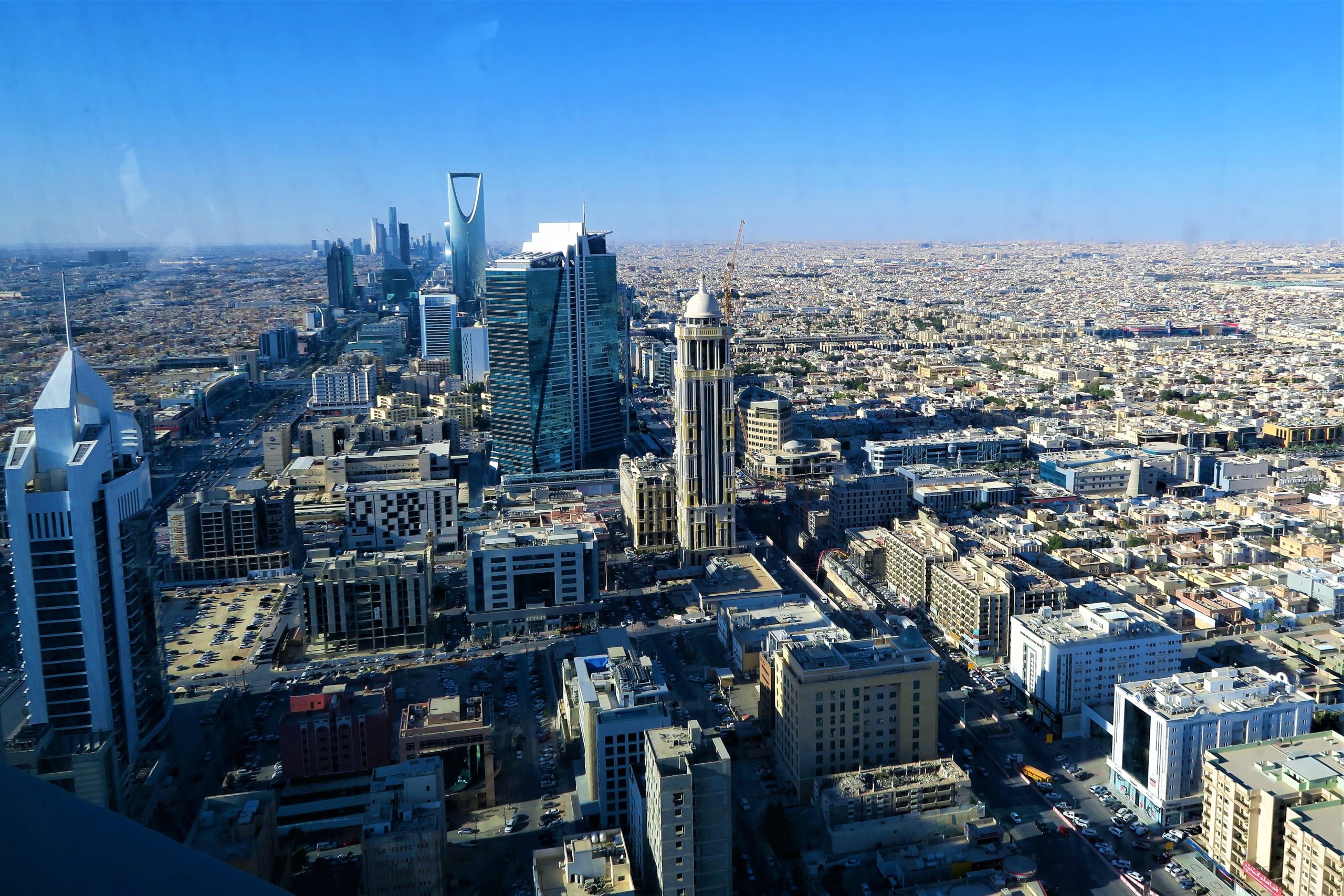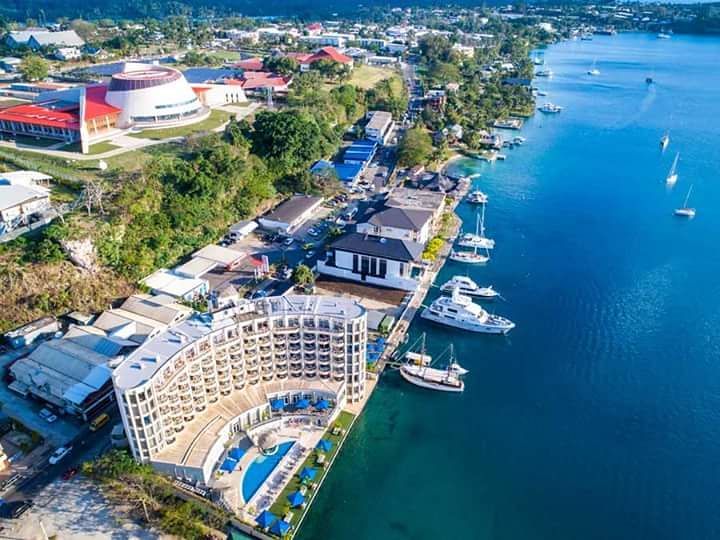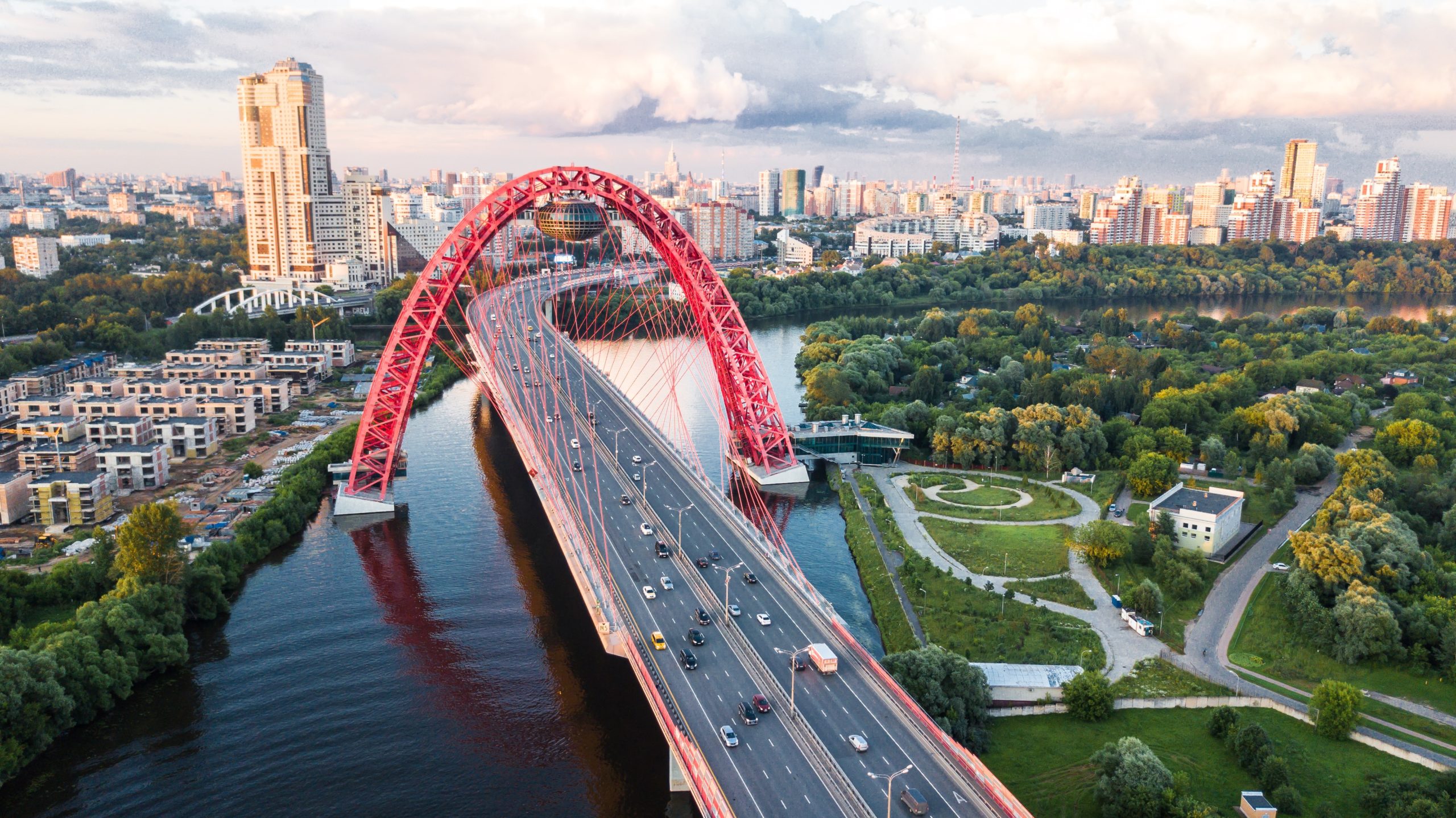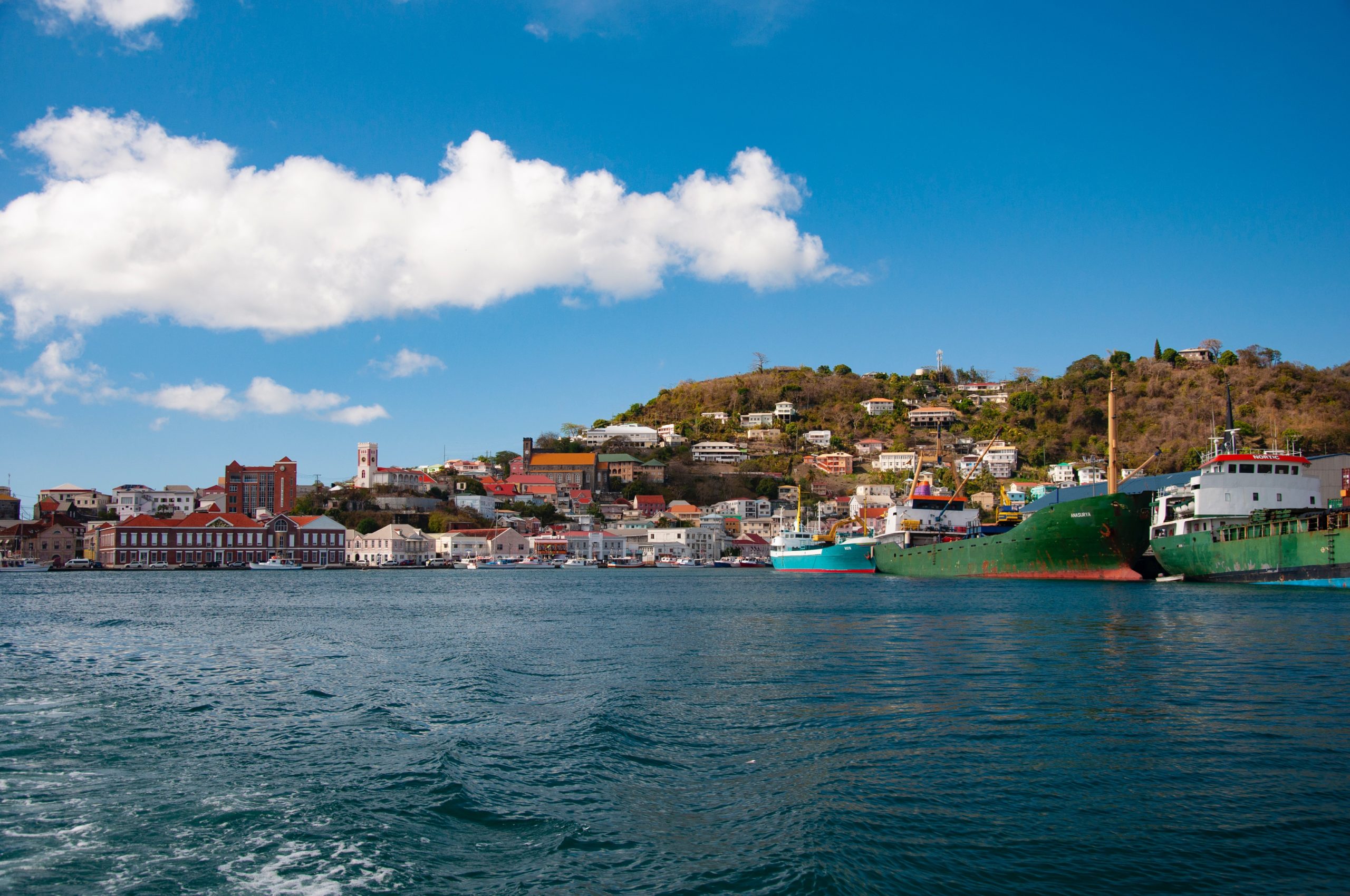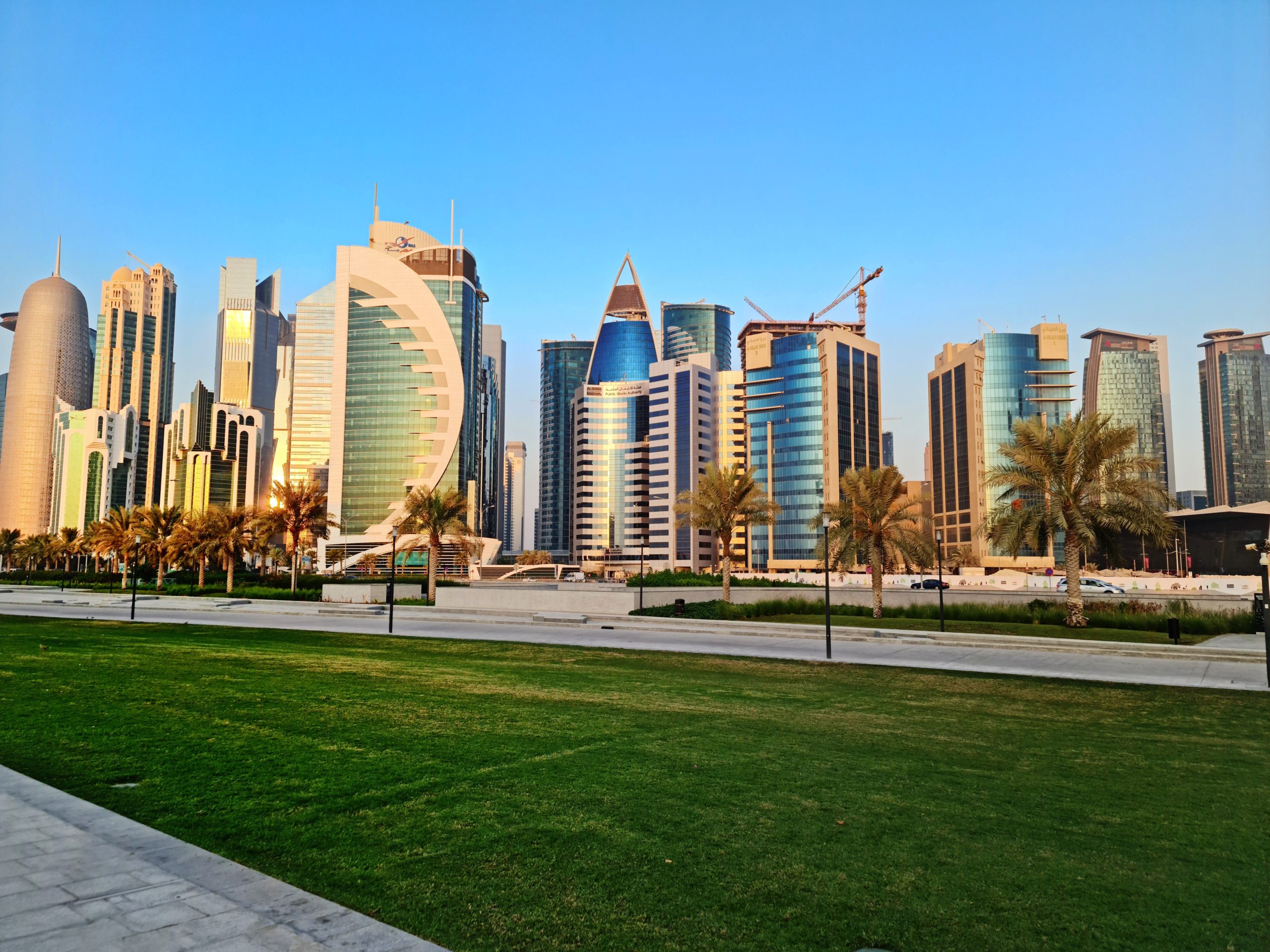Albania is an upper-middle-income industrialized country that takes part in NATO, OSCE, WTO, and BSEC. Agriculture and services each make up 21.6% and 63.5% of Albania’s GDP, respectively, with the industrial sector making up 14.9% of that total. The industries with the most strength in Albania include textile, energy, tourism, agriculture, and metalworking. Albania has the second-largest oil reserves in the entire Balkans and the largest onshore oil reserves in Europe. The 1990 fall of communist rule sparked a large-scale influx of refugees into Greece and Italy. Thanks to a democratically elected government that put Albania on the road to a market economy after taking office, reform initiatives began in earnest in early 1992.
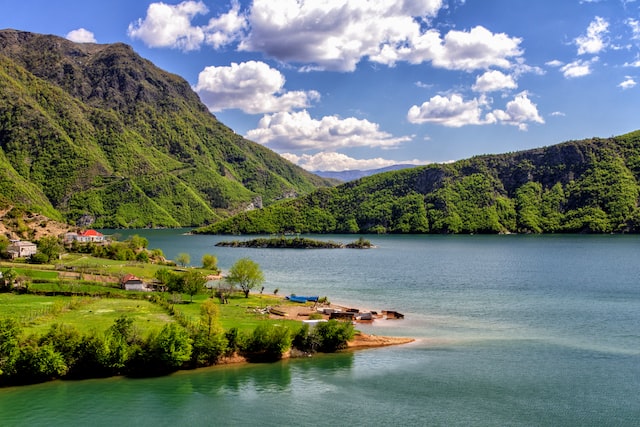
Oil and gas
Albania produced more than 100.2 million tons of crude in 2013. Oil exploitation in Albania started in 1928 with the start of operations in the Kucova Oil field. After a year, exploitation activities were also put into place to control Patos’ sandstone reservoirs. Since the 1990s, when economic reforms gave the private sector the authority to explore and develop Albanian oil and gas, the country has attracted foreign investors with its strict regulation of this industry. However, the Albanian State is in charge of the reserves. The Patos-Marinza oilfield in the country continues to be the largest onshore field in all of continental Europe. The drilling rights to both this field and Kucova were acquired by associates of the Chinese Geo-Jade Petroleum in 2016 from a Canadian company. Transoil Group, TransAtlantic, and Sherwood International are companies with a presence in Albania’s oil and gas industry. Albania is home to two refineries, Fier and Ballsh, with a combined refining capacity of 0.5 million tons and 1 million tons, respectively. Crude oil from Albania is primarily exported.
Mining
Coal, chromium, nickel, copper, and other readily extractable minerals are all abundant in Albania. Albania is the only country in Europe with sizable chromium resources. The first geological map of Albania was created in 1922, and the Mining Law of the Kingdom, which opened the door to mineral prospecting, was adopted in 1929. Mining was done by state-owned companies from 1944 until 1994. Since 1994, the industry has undergone extensive reforms. In Albania, more than 700 mining permits have been distributed. Concession agreements are used to operate some mines, such as the copper mines in Karme and Lak Rosh and the chrome mines in Pojska, Bulqiza, and Katjel. Iron ore, bauxite, limestone, lignite, and bitumen deposits are also present in Albania. The mining industry in Albania has drawn numerous foreign businesses, including Canadian Tirex Resources. To capitalize on the sector’s potential, the Albanian government has been urged to upgrade the country’s infrastructure.
Textile and clothing
Up until the 1990s, the apparel industry was one of Albania’s most prosperous industries. The sector oversaw the entire production process and even manufactured a sizable portion of the raw materials on-site. Additionally, the sector met more than 70% of domestic demand. The industry and the way things were produced underwent a major transformation in the 1990s once state enterprises were privatized. Albania no longer produces raw materials, but manufacturers still make clothes from ordered supplies that are subsequently sold to well-known brands in western European markets. The textile and apparel industry in Albania has been repositioning itself to reduce the market share of imported goods. The industry benefits from both a highly skilled workforce and low salaries. Local businesses in Albania are increasingly shifting away from ‘cut make and trim’ procedures and offering full package services to clients abroad, including those in France, Italy, the Netherlands, and Germany. These businesses primarily source their raw materials from Turkey and Italy. Additionally, more businesses can create finished goods that they have seen through from beginning to end.
Hydropower
Albania produces approximately all of its electricity from hydropower. The majority of the nation’s domestically produced electricity comes from hydropower. There are eight major river systems in Albania. The Drin River is the largest in the world, and three hydroelectric plants, Komani (600 Megawatts), Fierz (500 Megawatts), and Vau I Dejs (250 Megawatts), are located there. 90% of Albania’s domestic electricity needs are met by these three stations. The remaining 430 Megawatts of installed capacity are supplied by about 90 stations. Albania was once a net exporter of energy, but rising demand and a slow rate of adding new capacity have turned it into an importer.
